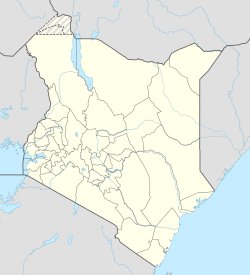Chemosiet | |
|---|---|
| Coordinates: 0°28′S35°10′E / 0.47°S 35.17°E | |
| Country | Kenya |
| Province | Rift Valley Province |
| Population (2019) | |
• Total | 6,906 [1] |
| Time zone | UTC+3 (EAT) |
Chemosot is a settlement in Kenya's Kericho County. It was part of the former Rift Valley Province.
